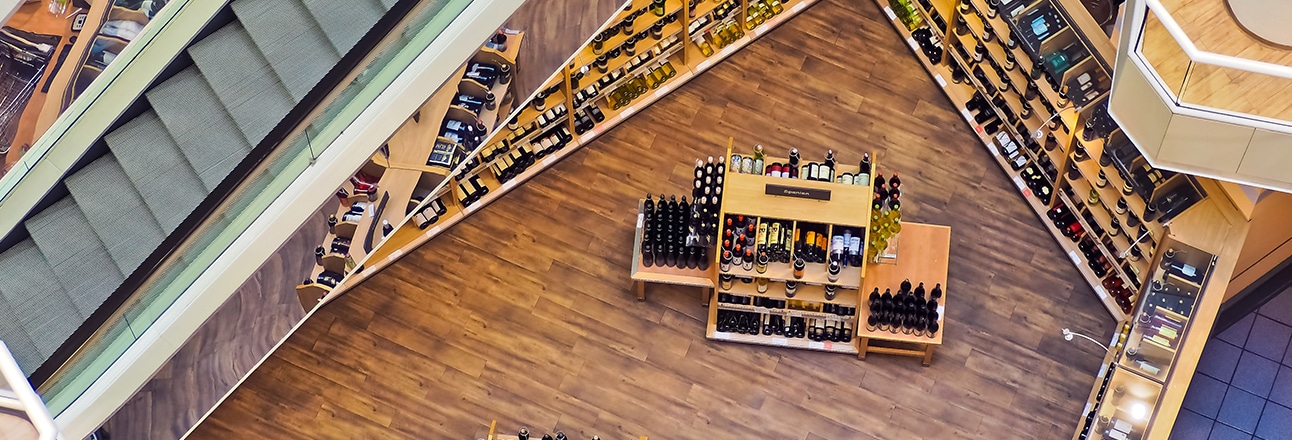Several hundred new shopping centres are created in France every year. In order to stand out amid fierce competition, they have had to embrace change: less shopping and more leisure and services supported by a fully connected infrastructure. How can they differentiate themselves in the age of data-retail?
Experience at the heart of new shopping centres
Challenged by e-commerce, and to keep pace with the transformation of retail as it rethinks its models, shopping centres are also undergoing change. Instead of focussing on ready-to-wear brands to attract mainly female shoppers, these new centres are turning to high-end shops and services and excellent leisure. The challenge: to differentiate themselves by being more attractive, and transform their image, from a retail space to a community space.
Faced with this competition, the challenge is to produce the greatest “wow effect“. With this in mind, property management company Westfield unveiled its project ‘Destination 2028 ‘ in June last year, proposing a shopping centre transformed into a ‘hyper-connected micro-city’, featuring aisles enhanced with artificial intelligence, eye scanners that personalise the visit, and smart cloakrooms, for an ‘Extra-perience’. With this approach, shops become secondary, serving simply as showcases for manufacturers and brands, and focus on ‘event spaces’ that host interactive activities – the real stars of this infrastructure.
WiFi in the service of customer experience
In this digitised ecosystem, where shopping centres are transformed into places for relaxation, new habits are beginning to emerge, in particular with the appearance of ‘waiting areas’. While many are already equipped with smartphone chargers, shopping centres have everything to win by optimizing downtime to enhance the customer experience. Exceptional offers, newspapers to read or children’s games can increase the time customers spend in shopping centres and, as a result, the average basket.
WiFi is a privileged channel to deploy this experience. While most new-generation shopping centres provide WiFi, not all of them optimise its use. WiFi is a connectivity tool, but it can also become a powerful means of communication and data analysis. By providing a personalised connection portal, shopping centres can do more than offer their customers a personalised service based on their consumption history and geographical location. The personalisation of marketing also makes it possible to deploy data-oriented visitor flow management, for example by offering queue passes when waiting times are long, or by redirecting visitors to other events or activities.
Shopping centres are reinventing themselves and going digital, based on the customer experience, as they shift from being retail spaces to community spaces. In a highly competitive environment, this challenge is crucial for their survival: providing services that facilitate their customers’ lives thanks to WiFi, in order to enhance the experience offered.









